June's Blooms, Butterflies & Bees
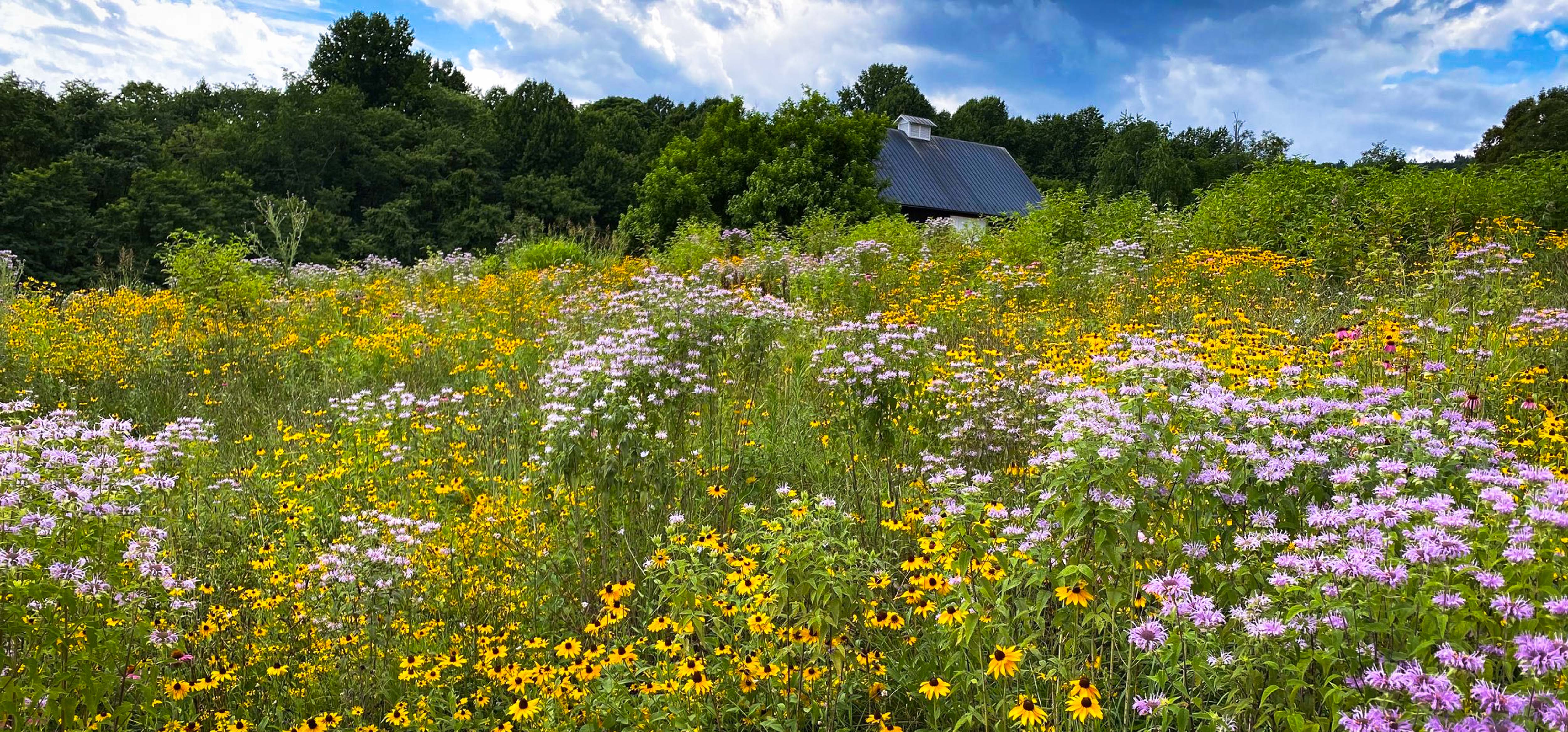
To arrive at our property this time of year is to find yourself surrounded by green: lush pastures, rolling hills, the wooded mountain, and the green rows of Pinot Gris and Chardonnay vines set against the red roof of St. Luke’s Church. All of this is visible from the acres dedicated for guests to enjoy our wine, yet this spectacular vista is a sliver of the bigger picture. Our estate stretches across 700 acres, from the forest line atop Carter’s Mountain to Jefferson’s Monticello to Monroe’s Highland home. Since our beginning we have cared deeply for this land, investing in its health and wellbeing well beyond the benefit to our vineyards.
Preserving Our Land & Water
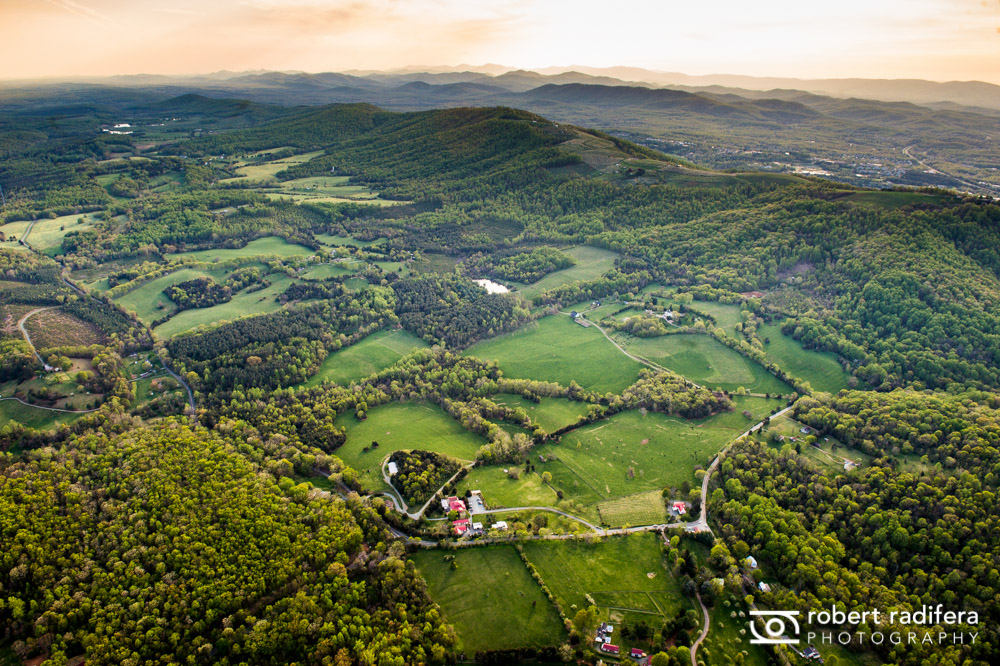
In the 1970's the first generation of Woodward owners, Shirley and Stanley Sr., placed nearly 700 acres under conservation easement in perpetuity, setting the stage for our county to have the third most land conservation in Virginia. With this act, the Woodward’s protected our land from future development and inspired others around them to do the same. Our vistas, the beauty of the natural world, and the historic corridor upon which we sit will remain as is for generations to come.
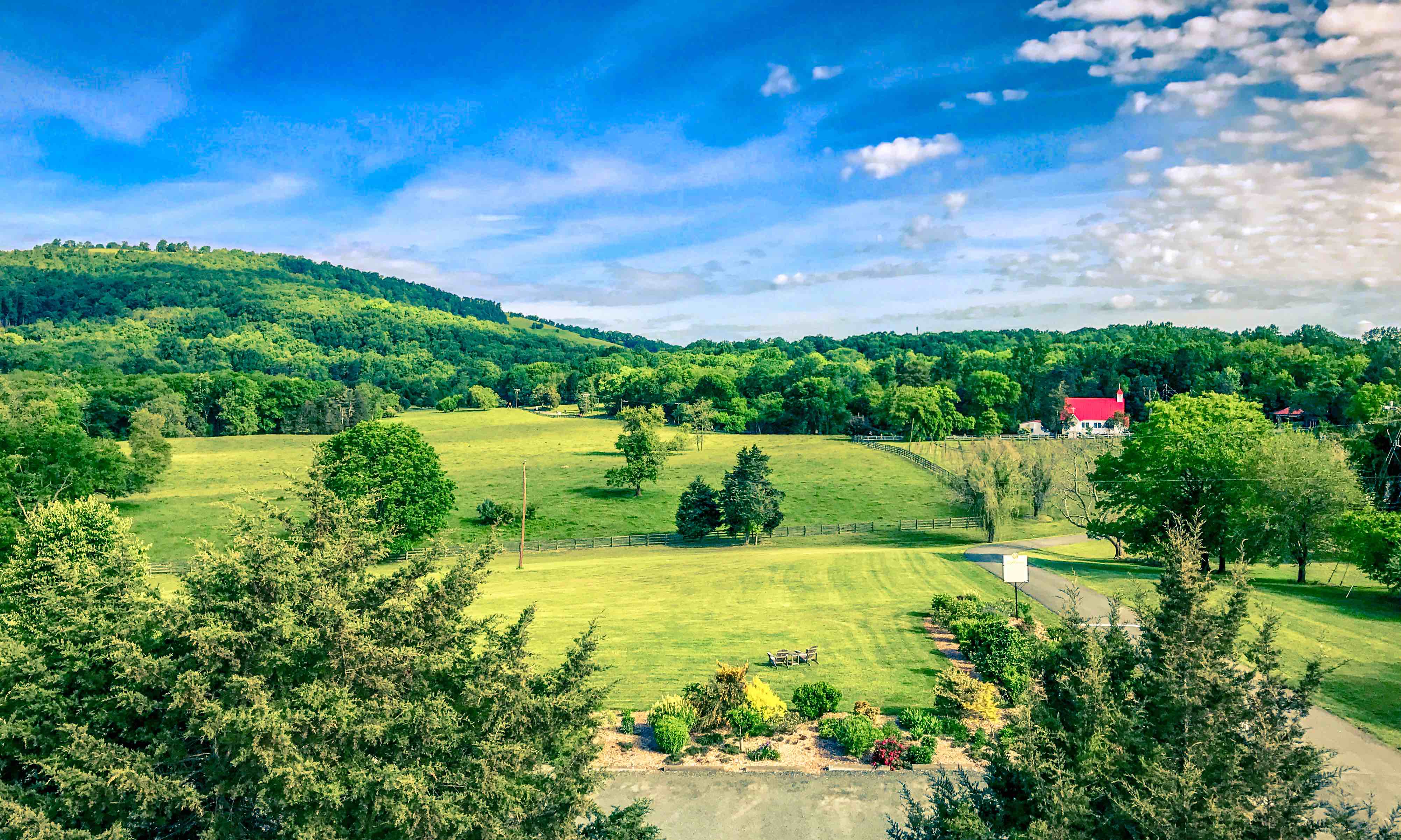
The first Woodward owners made clear their belief that this land and its resources are worth protecting. Each subsequent generation has followed in their footsteps and cared ceaselessly for the property. As we have preserved our land, we have worked to protect waterways from harmful agricultural runoff. The streams and tributaries that pass through our property eventually filter into the Chesapeake Bay, one of the largest estuaries in the United States. We protect these precious resources from our cattle operation by constructing extensive fencing at least 90 feet away from on-property waterways. Though the health of the Chesapeake has improved, we continue to do our part, reducing the impact of our cattle on our waterways as best we can. Most recently, our environmental attention has turned towards our pollinator populations.
Supporting Our Pollinators
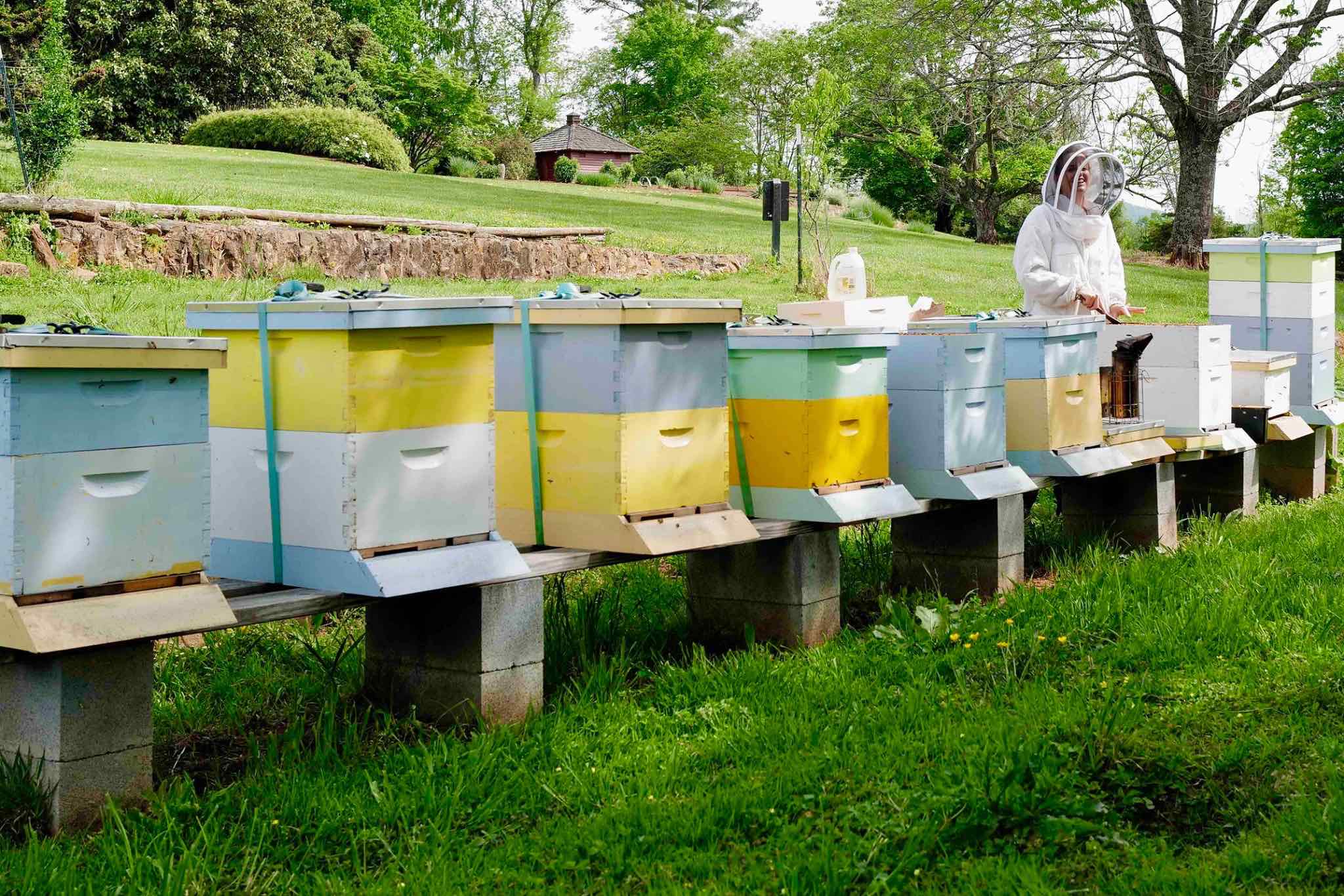
Pollinator populations have been in decline for years – 50% of honey bee hives collapse annually in the United States [1]. This population decrease is a threat not just to pollinators, but to us all. Pollination is critical to the wellbeing of ecosystems and the success of agriculture. Some experts have estimated that about one-third of every bite of food we eat exists thanks to pollinators like bees, butterflies, and other insects [2]. The predominant threat to these precious pollinators is simply the loss of healthy habitat – a problem remedied by ensuring hives are located on healthy land with robust forge and ecosystems. Accordingly, we have tried to provide a home and habitat for these critical creatures.
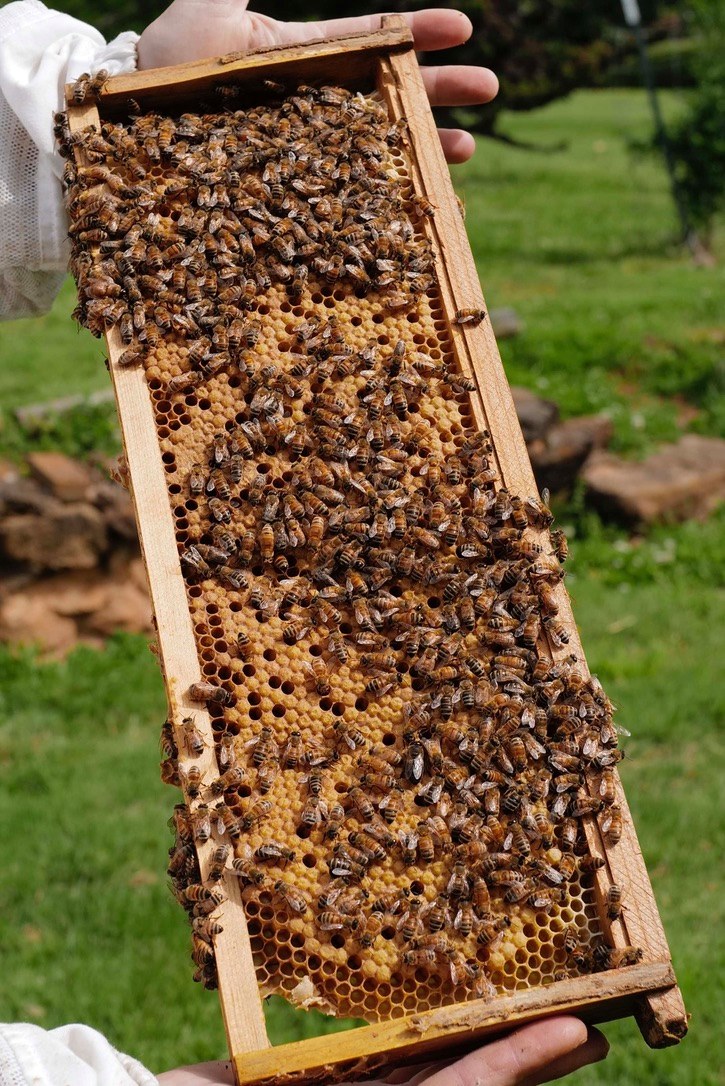
We host ten apiaries on our property to foster honey bee populations. Honey bees are a super-organism, a collective of individuals and generations working selflessly together for the survival of the whole colony. Each of these apiaries safely houses a queen bee and hundreds of thousands of bees, giving them space in which to build their hives and bolster their populations. Beyond a safe haven, we have transformed acres of our property to provide ideal food and habitat. Seven of our acres are now dedicated wildflower meadows. Spread between three distinct plots on our 700 acre property, these meadows are filled with native wildflowers.
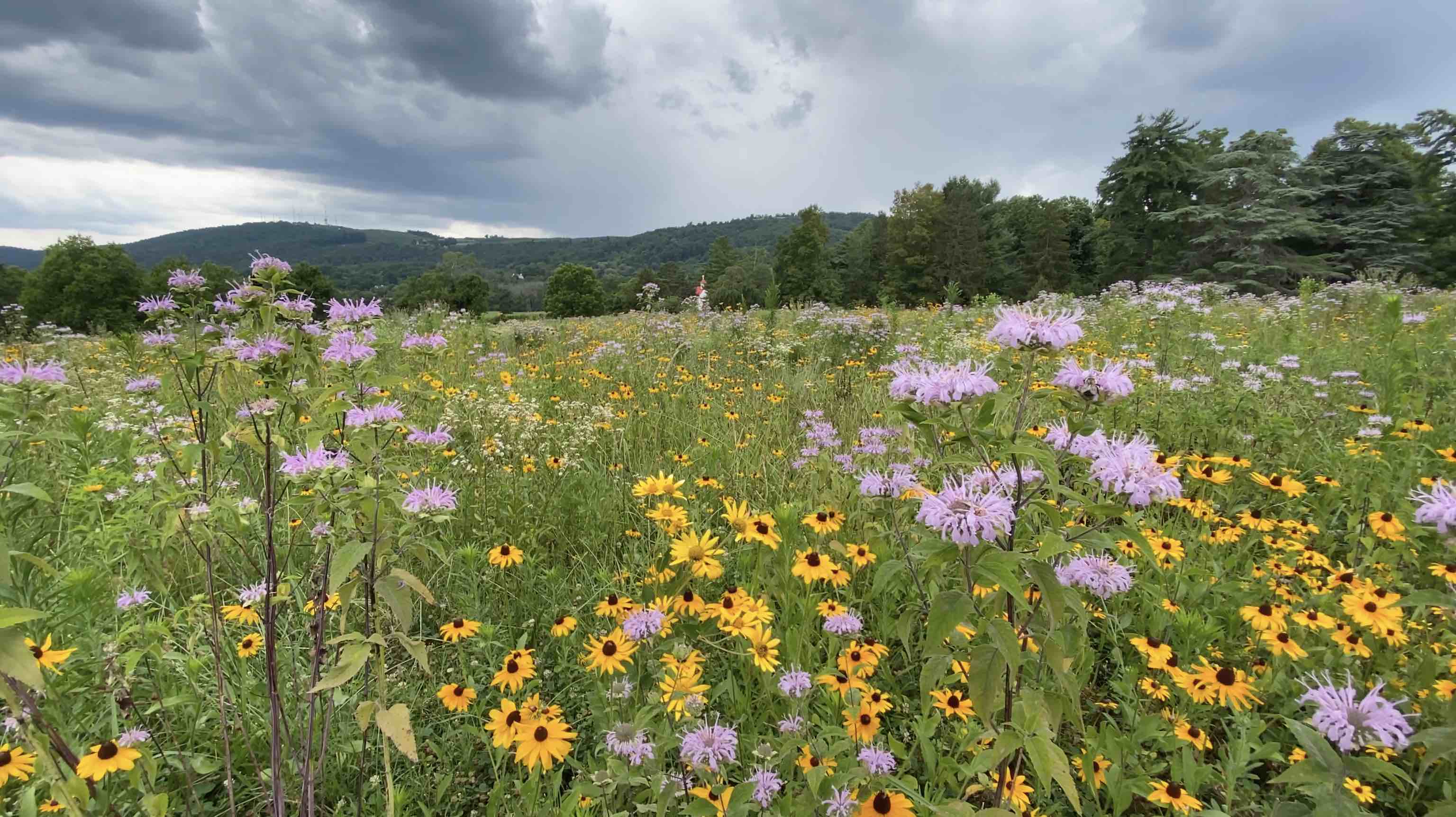
Additionally, in March of 2020, we planted 12,500 Tulip Poplar Trees to bolster critical ecosystem diversity. Unfortunately, many native trees in our area have been replaced by Loblolly Pines as a source of timber. By planting Tulip Poplar trees, we repopulate our land with one of Virginia’s largest native tree species. Adult Poplar trees bloom in vibrant color; their large flowers are a near-neon yellow with a halo of orange around its base. Jefferson himself described the Tulip Poplar as “The Juno of our Groves" and planted one at Monticello [3].
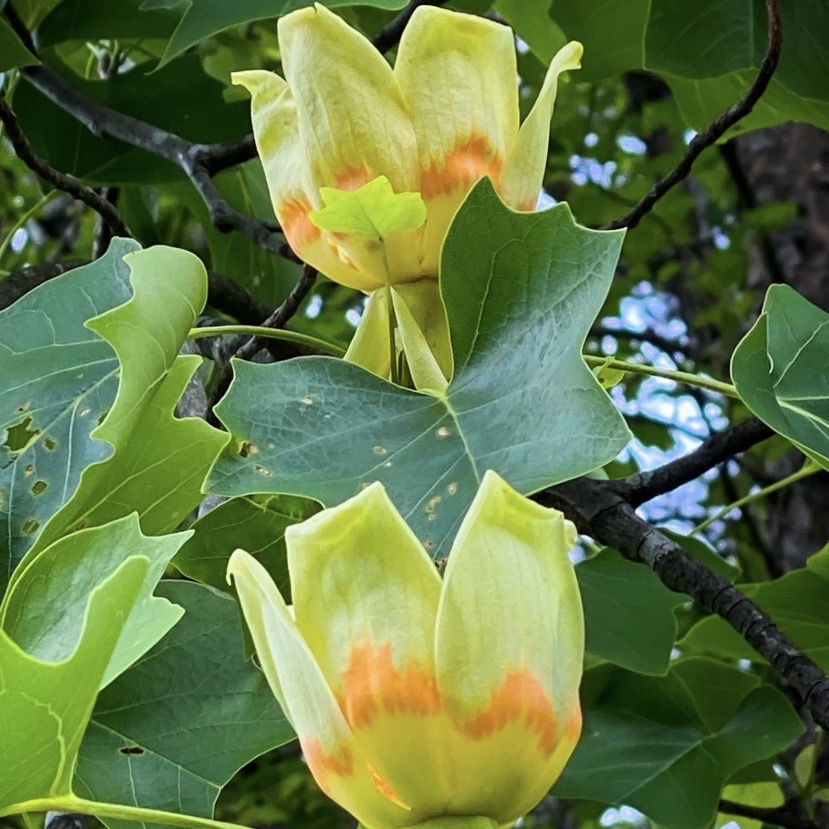 Upon returning their hives after visiting these floral oases, our bees transform the collected pollen into honey. The honey serves as food for the bees to help them survive the winter. We harvest any extra honey as a partner farm of the Elysium Honey Company. Elysium Honey is a local organization dedicated to caring properly for local pollinator populations and sharing the amazing, unaltered honey that comes from these hives. We provide the utmost care for our bees and are thrilled to soon share our first ever, 100% estate honey.
Upon returning their hives after visiting these floral oases, our bees transform the collected pollen into honey. The honey serves as food for the bees to help them survive the winter. We harvest any extra honey as a partner farm of the Elysium Honey Company. Elysium Honey is a local organization dedicated to caring properly for local pollinator populations and sharing the amazing, unaltered honey that comes from these hives. We provide the utmost care for our bees and are thrilled to soon share our first ever, 100% estate honey.
The Gardens You See
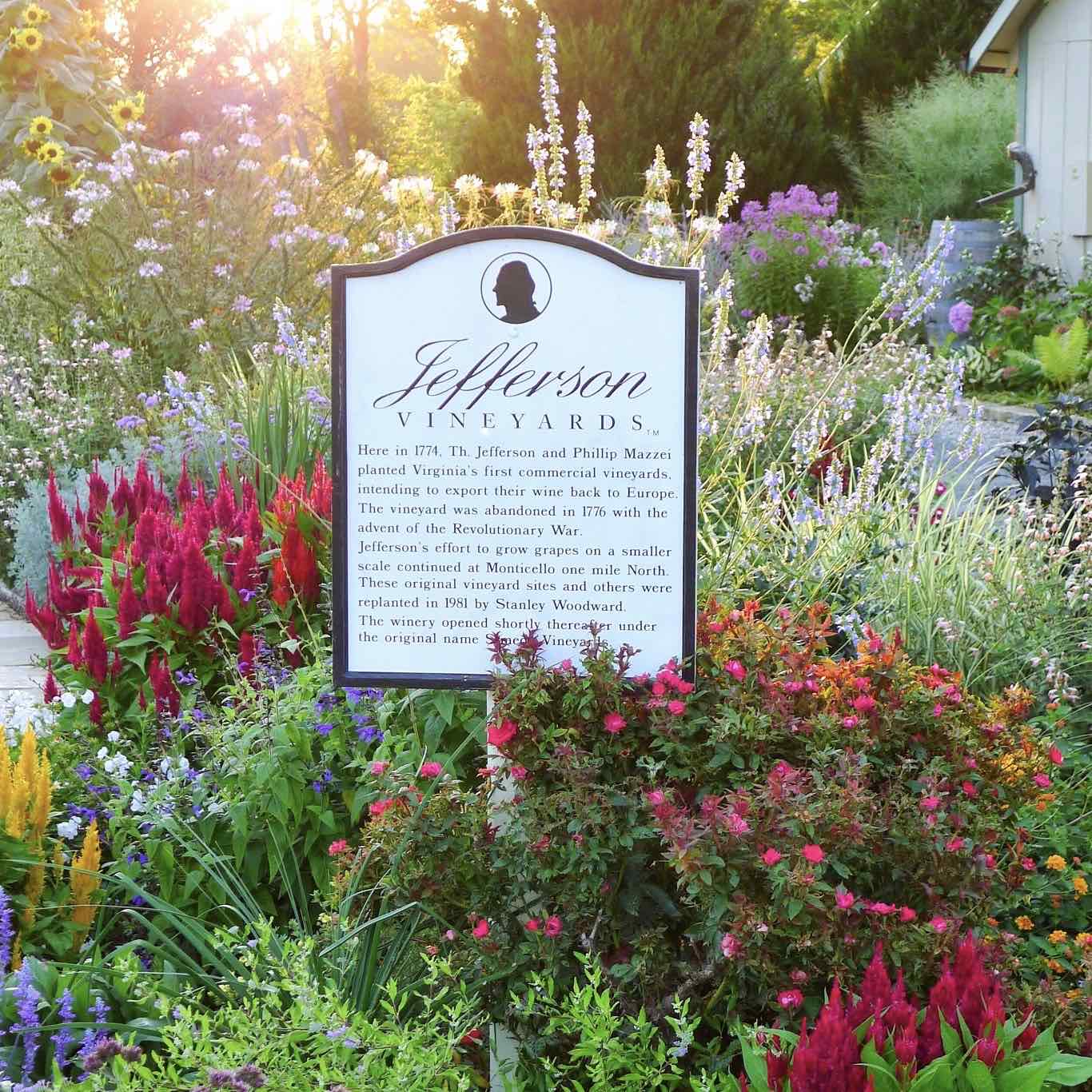
Arriving on our property, you will find yourself surrounded by a sea of lush green in the midst of which bursts our brightly colored English Gardens. Bordering our patio, this Cottage Garden was designed to bloom eight months of the year, attracting butterflies, bees, and more beneficial insects into this ecosystem. These gardens remind us of all that is precious and beautiful about our land, and Virginia. So, as you enjoy your wine in view of the garden’s spectacular color think of the Tulip Poplars and wildflower meadows tucked out of sight, know the water that filters through our grounds is being cared for, as are the honeybees that float amongst the flowers.
To further welcome the end of Spring, we’ve selected wines that best reflect this spectacular season, each fruit-forward and full of floral notes. The Traminette 2019 is our most floral wine, with rose, easter lily and pear on the nose – a bouquet reminiscent of exotic perfume. Our Riesling too greets you with notes of lavender while each of our rosé wines boast berry notes and are themselves a burst of color as bright as Spring. Find each in our Limited Release Shop.
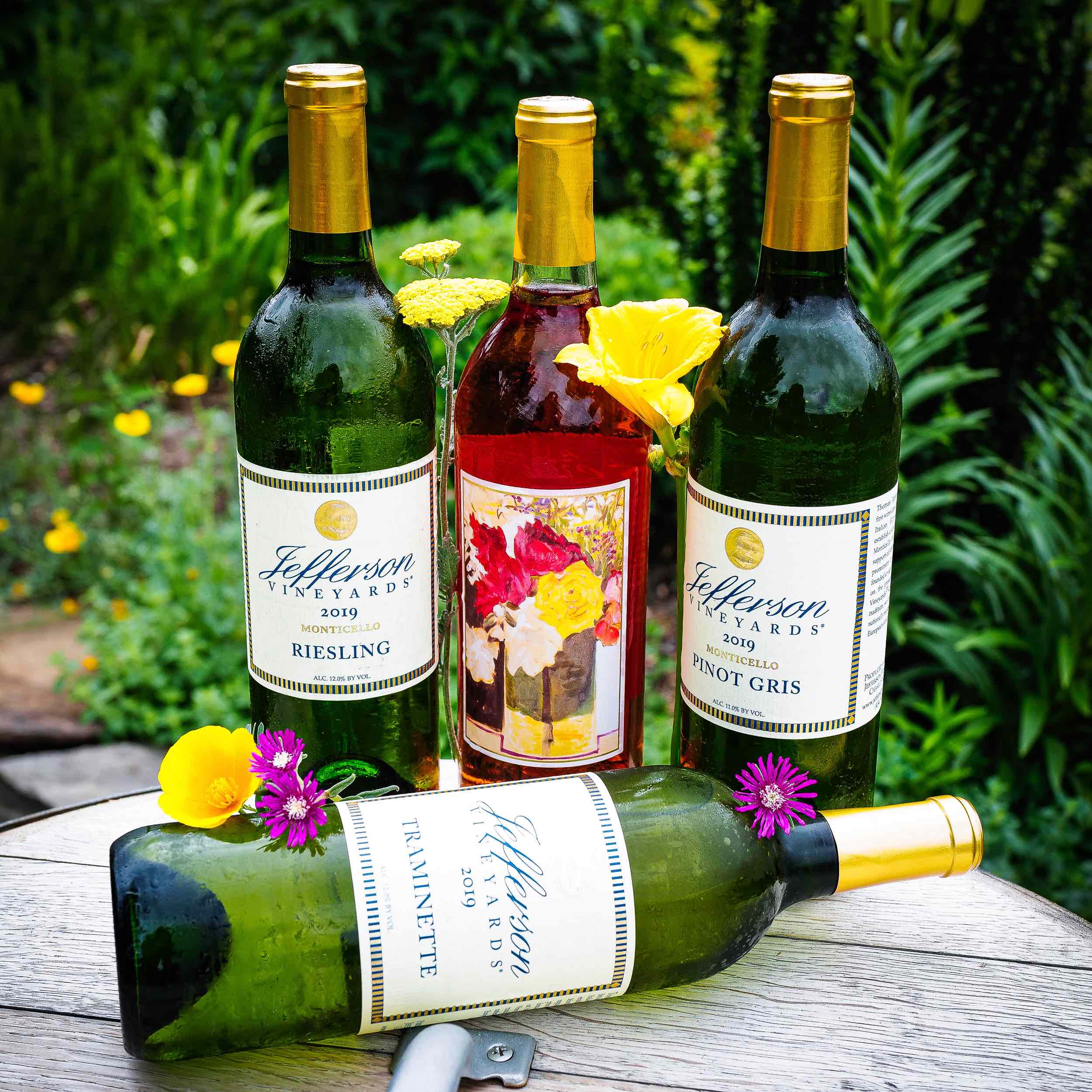
[1] “The Elysium Honey Co.” The Elysium Honey Company, www.elysiumhoney.com/.
[2] “Natural Resources Conservation Service - Insects and Pollinators.” NRCS, USDA , www.nrcs.usda.gov/wps/portal/nrcs/main/national/plantsanimals/pollinate/.
[3] “Tulip Poplar - Liriodendron Tulipifera.” Monticello, The Thomas Jefferson Foundation, www.monticello.org/house-gardens/in-bloom-at-monticello/tulip-poplar/.

